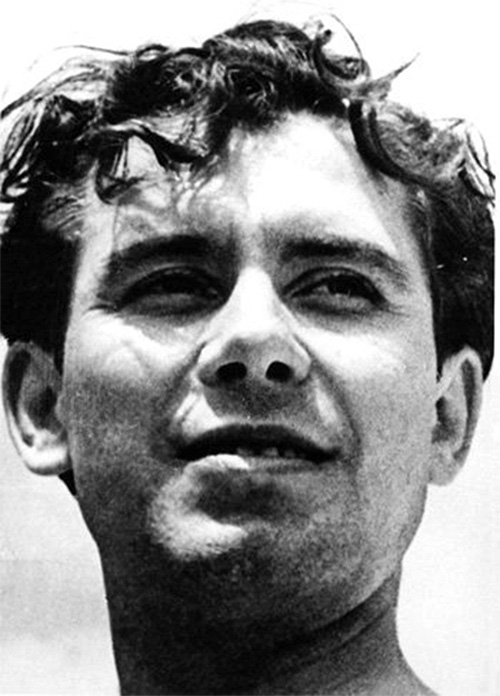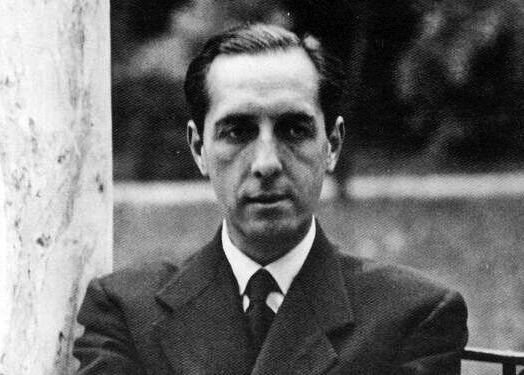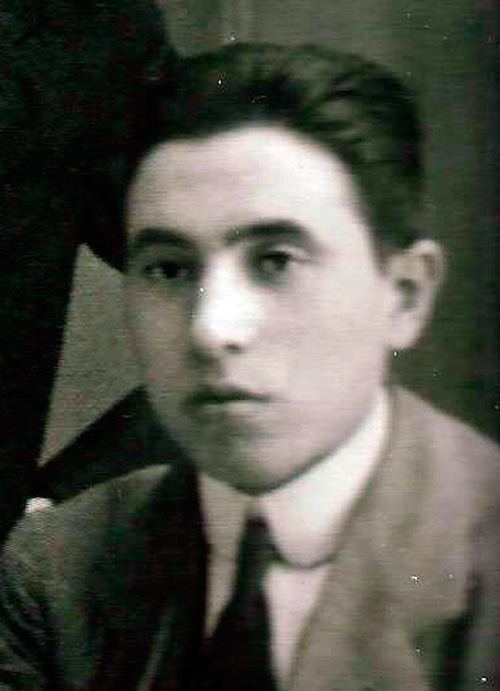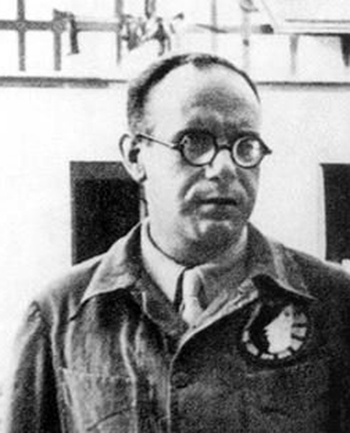Spanish writer, editor, screenwriter and film director, born in Malaga in 1905, he was a friend and classmate of Federico García Lorca. He came from a well-to-do family in Malaga. His father was a judge and writer. Manuel Altolaguirre went to high school at the Jesuit college in Malaga and studied law in Granada, where he met Federico and where he was taught by Fernando de los Ríos.
From a very young age he devoted himself to printing and publishing. In 1923, he founded his first poetry magazine, Ambos, together with José María Hinojosa and José María Souvirón. In 1926, with Emilio Prados, he created the magazine Litoral, where works from most of the authors of 1927 were published. The first issue included three gypsy ballads by Lorca: San Miguel, Flagellation of Antoñito el Camborio and Precious and the Air. However, the errata contained in the poems greatly angered Lorca, who sent Prados a telegram of protest. Prados returned the manuscripts of the three books that Federico had given him for publication. (Poem of the Deep Song, Suites y Songs). When the magazine Litoral collapses in 1930, Altolaguirre creates Poetry (published in Malaga and in París).
Lorca gave Altolaguirre and his wife, Concha Méndez, for publication in ‘Héroe’, his little book ‘First Songs’ as a wedding gift (they had married on June 8, 1932). It was finished printing on January 28.
After meeting the woman who was to become his wife,Concha Méndez, Prados founded the collection Héroe and the magazine of the same name, where fundamental titles of the poets of 1927 were published. During 1931 and 1932, one of the epicenters of the life of Lorca and many other writers was the house of Manuel Altolaguirre and Concha Méndez, in Viriato Street. The couple had installed in their house the printing press that they had bought with the money that Concha Méndez had earned in Argentina. Federico, Guillén, Alberti, Diego, Aleixandre, Salinas, Cernuda… passed through that house… Lorca gave the couple, for publication in Héroe, his little book First Songs as a wedding gift (they had married on June 8, 1932). It was finished printing on January 28.
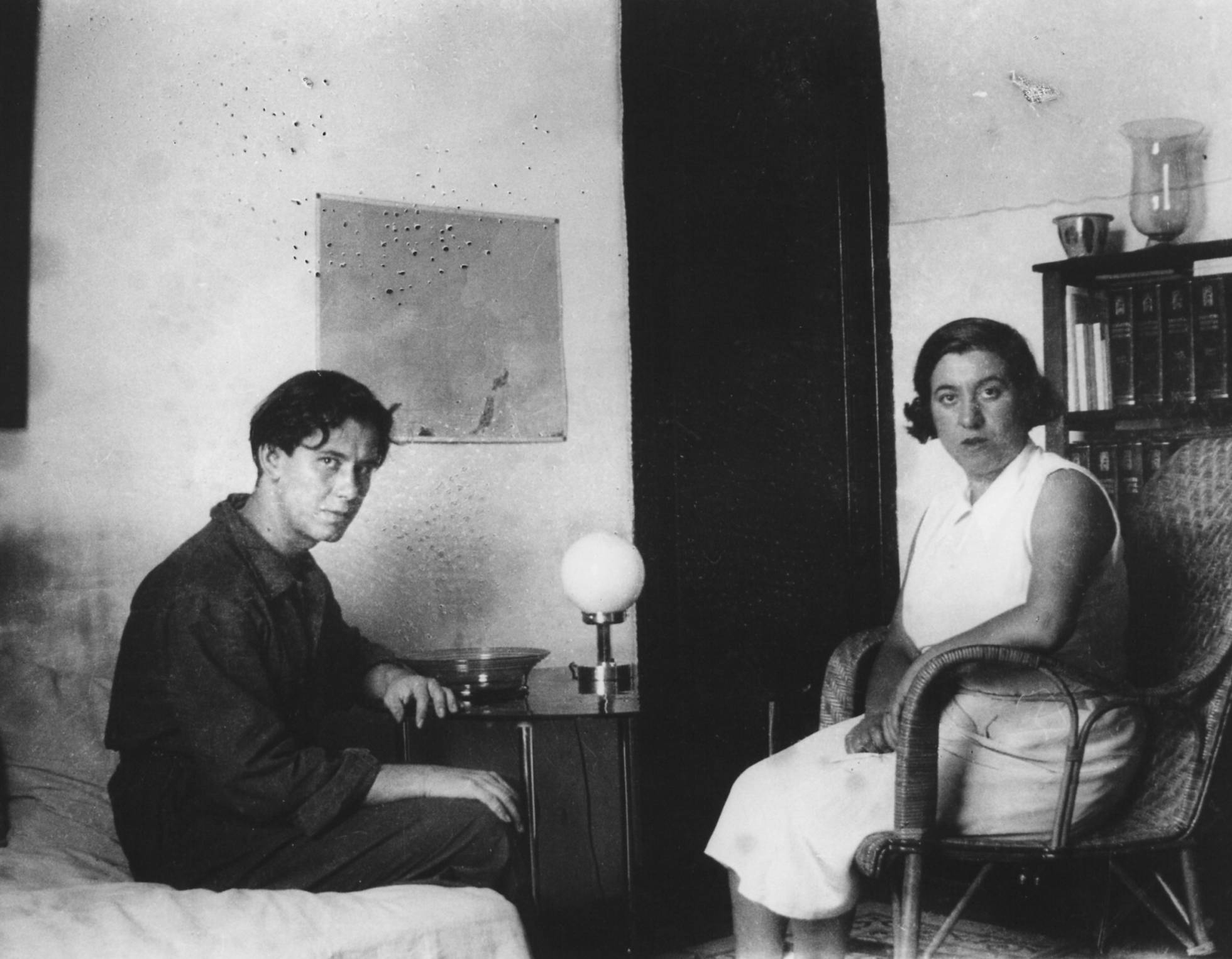
Some of the best of Altolaguirre’s poetic work includes the collection of poems The Invited Islands (1926) or the National Prize for Literature The Slow Freedom (1936), although there are almost twenty titles of his poetic work. He also wrote numerous plays, some of them unfinished.
During the war, he belonged to the Alliance of Antifascist Intellectuals and he carried out publishing and printing projects for propaganda. He was in charge of the renewed La Barraca for a while. His memoirs begin with the memory of a staging of the company in Castellón de la Plana. It was to stage Mariana Pineda, in 1936, after the death of the poet, and it was his turn to present the play.
In January 1939, he left Spain through the Pyrenees and went to a concentration camp in France. He managed to reach Paul Eluard’s house with his wife. Thanks to friends like Max Ernst or Picasso they were able to travel to America, first to Cuba, where he returned to publishing work, collaborating in magazines like Nuestra España. Later, in 1943, he settled in Mexico. In 1944, he married again, in this case to a Cuban woman, patron of artists, María Luisa Gómez Mena. In 1945, he founded the Isla Publishing House. In Mexico he dedicated himself to cinema. He worked as a screenwriter and director for Panamerican Films. For the screenplay of Ascent to Heaven by Buñuel he received the Ariel Award for best screenplay in Mexico. He also produced work such as Mercy, based on the work of Galdós. He wrote and directed Song of Songs and in 1959 returned to Spain to present it at the San Sebastian Film Festival. On his return to Madrid he died after a car accident in which his wife also died. He left a book of memoirs entitled The Greek Horse and an Epistolary (1925-1959), published by the Residencia de Estudiantes (Students’ Residence), which constitute a rich testimony of an era that was called The Silver Age of Spanish Culture.
